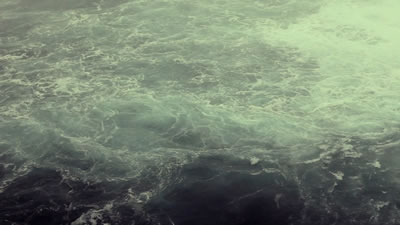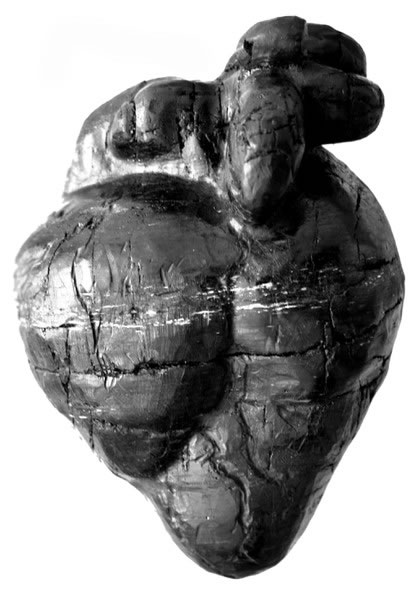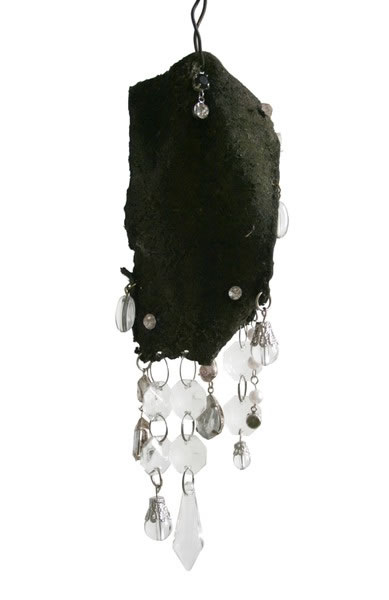Laura Pawela: An Interview With The Totally Thames Artist
Exhibiting at Battersea Pump House this autumn
37-year-old Pawela also remembers parents who were creative, who didn’t focus on negative things, a life that “wasn’t so hard”. But this was a childhood in Poland under Soviet communism and there are other memories too: the recollections of a child who could only buy sweets from a special shop “it was allowed, but only if you had dollars”, more serious recollections such as her parents being denied travel abroad, darker reminiscences of food not being available in shops, tanks being present on the streets, the chaos that ensued when communism fell. Out of this shifting landscape, emerged the talented, charming, Pawela, a multi-faceted artist whose practice includes sculpture, photography, illustration, installation and videos.

The Pump House Gallery exhibition, You cannot step twice into the same river (see Calendar for full details), considers the reliability of documented information and challenges the notion of truth. Pawela’s work often traverses two realities: the actual and the fictional; she creates mockumentaries, works based on true stories, but changes history a little, mixing reality with unreality. In this exhibition, she is showing ‘Ocean/Lemonade’ (2011), pictured above, a video inspired by the beliefs of a nineteenth century settlement in Ohio, USA. In 1844, followers of Charles Fourier paid him $25 in annual rent to reside in Utopia, located on the northern banks of the Ohio River. For this, each family received a wooden house and a small patch of land. The sect believed that if they lived in the commune, led an exemplary life, and followed strict rules, this would result in peace on earth for 35,000 years. They also believed that they would experience a sign just ahead of the 35,000 years of peace: the rivers and oceans would turn to lemonade.
Tragically, not only did they not experience the sign, but the banks of the Ohio River breached in 1847 and most of the community were swept to their deaths in the ensuing flood. In Pawela’s mesmeric video, she imagines the longed-for sign: a swirling, crashing, powerful ocean gradually changing colour from blue to yellow as it transforms into lemonade.
 awela’s other artworks also illustrate a history – her own, the lives of others, an object’s past. Some are truthful, some are enhanced. ‘Heart’ (2008), pictured left, is a piece of coal sculpted in the shape and size of a human heart. She recalls her childhood in Upper Silesia, often called the Black Land due to the coal mining in the area. The sculpture is a gesture to express her emotional bonding with Silesia, an area which she still feels strongly connected to, despite not having lived there for many years. ‘Untitled (Pig Skin)’ (2009), pictured below, is a found object – a fragment of pig skin that she found hanging on a tree branch, for birds to feed on. When she found it, it was dirty and as hard as stone, and she felt it must have been hanging on the tree for many months. To others it might appear strange or inexplicable but, to her, it looked like a piece of jewellery (hence her decision to ornament it further). She finds inspiration in the unnameable, the uncanny, the unusual.
awela’s other artworks also illustrate a history – her own, the lives of others, an object’s past. Some are truthful, some are enhanced. ‘Heart’ (2008), pictured left, is a piece of coal sculpted in the shape and size of a human heart. She recalls her childhood in Upper Silesia, often called the Black Land due to the coal mining in the area. The sculpture is a gesture to express her emotional bonding with Silesia, an area which she still feels strongly connected to, despite not having lived there for many years. ‘Untitled (Pig Skin)’ (2009), pictured below, is a found object – a fragment of pig skin that she found hanging on a tree branch, for birds to feed on. When she found it, it was dirty and as hard as stone, and she felt it must have been hanging on the tree for many months. To others it might appear strange or inexplicable but, to her, it looked like a piece of jewellery (hence her decision to ornament it further). She finds inspiration in the unnameable, the uncanny, the unusual. 
Pawela’s work is thought-provoking and interesting. She plans to produce a full length film documenting the tale of the Utopian settlers. I, for one, am looking forward to seeing how that will be interpreted.
August 27, 2014